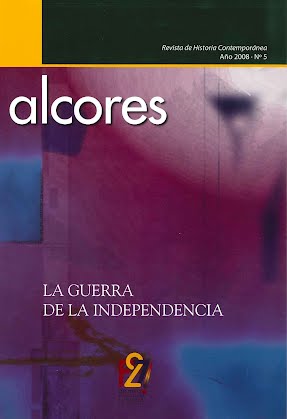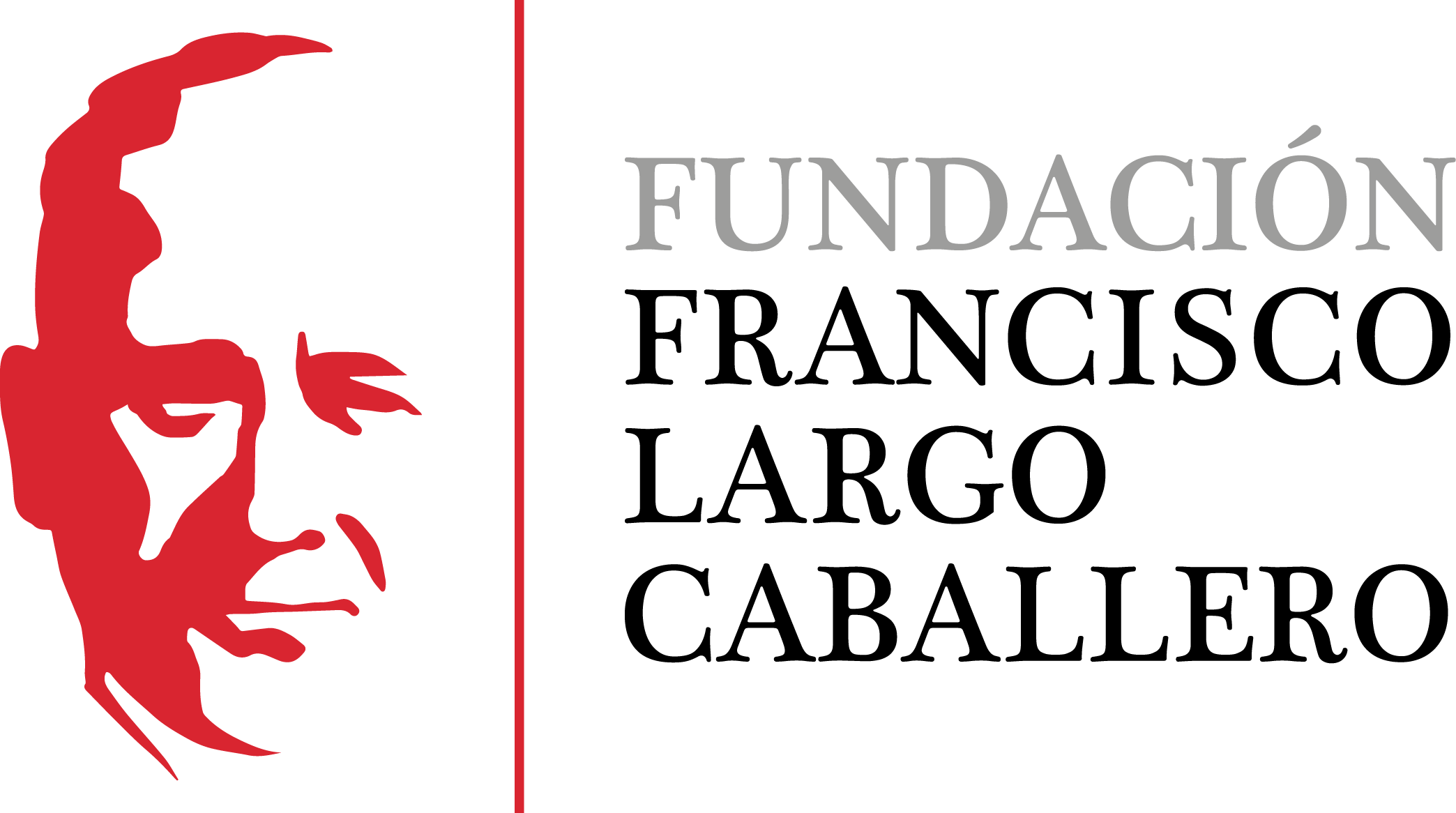Before the “March into the People”. The Last Government of the Unión Liberal in Alicante, 1863-1866
DOI:
https://doi.org/10.69791/rahc.242Keywords:
Spanish Liberalism, Spanish State-Building, Spanish history in the 19th Century, Land of Valencia in the 19th CenturyAbstract
An outstanding issue of Spanish Liberalism was its difficulty to integrate its different factions. Until a rather later period, well into the last third of the 19th. Century, this situation led to popular uprisings, promoted by the Middle Class and military politicians, which often included a call for a new constitutional foundation of the Spanish National state. This article outlines the popular appeal of this partly Middle Class, elitist Liberalism on the basis of a case study of the southern Valencian province of Alicante. Initially are studied the measures enacted by the last Government of the «Unión Liberal» in order to integrate the Progressive Liberals in political life. Secondly, continues to point out the refusal by Progressives and Republicans to accept this policy, as well as their resolution, in spite of their Middle Class standpoints, that a democratic uprising against the Queen and the Government was necessary, if liberty in Spain was to be saved.
Downloads
Global Statistics ℹ️
|
54
Views
|
13
Downloads
|
|
67
Total
|
|
Downloads
Published
How to Cite
Issue
Section
License
Copyright (c) 2009 Pedro Díaz Marín, Jesús Millán y García-Varela

This work is licensed under a Creative Commons Attribution 4.0 International License.
Alcores is an open-access journal. It provides unrestricted access to its content from the moment of publication. We respect intellectual property rights, and for this reason, the author retains the copyright. All content is distributed under a Creative Commons Attribution 4.0 International (CC BY 4.0) license. The terms of the license can be consulted at: https://creativecommons.org/licenses/by/4.0/
This license allows sharing (copying and redistributing the material in any medium or format) and adapting (remixing, transforming, and building upon the material for any purpose), provided that authorship and first publication in this journal are properly credited, a link to the license is included, and any changes made are indicated.
This type of license facilitates the freedom of reuse and ensures that the content of this journal can be used to meet research needs.





